Ian Fairweather: A life in letters
Text Publishing, $59.99 hb, 600 pp, 9781925355253
Ian Fairweather: A life in letters edited by Claire Roberts and John Thompson
Artist, hermit, instinctive communicator, a nomad who built studio nests for himself all over the globe, Ian Fairweather is a consistent paradox – and an enduring one. In an art world of fragile and fluctuating reputations, his work retains the esteem with which it was received – by his peers – when he landed in Australia in 1934 and, with their help, exhibited almost immediately. His way of life – eccentric, solitary, obsessive – was extraordinary then, and continued so until his death in 1974. Success never sanded off his diffident, abrasive edges. When presented with the International Cooperation Art Award in 1973, he mused, in a letter to his niece, Helga (‘Pippa’) Macnamara:
And what am I to do–with the beautiful bronze medallion–I have no one to leave it to–you wouldn’t want it … I suppose the Butcher Birds who have been my friends for many years–and driven away all the other birds–whom I should so much prefer–like the Kookaburras– the Laughing Jackass The Spirit of Australia’
All Fairweather’s letters, intimately intertwined with his physical world, read with a stream-of-consciousness fluidity (abrupt dashes for punctuation) that parallels the spontaneity of his art. ‘A master of fluent design full of springing energy and fine colour,’ wrote Bernard Smith in 1962 in Australian Painting, 1788–2000. Small wonder, then, that he continues to intrigue writers and cultural historians as well as art critics, museum directors, and auction houses (his 1963 painting, Barbeque, sold recently at auction for $1.4 million).
The editors of Ian Fairweather, Claire Roberts and John Thompson, credit writer Murray Bail with providing ‘the foundation upon which this volume of letters is based’. Bail’s Ian Fairweather, enlivened by the inclusion of Fairweather’s letters, was published in 1981 and revised, with more letters, as Fairweather in 2009. Roberts and Thompson have cast their research nets very wide, the consequence being that their volume now includes 354 of the known 700 letters written by Fairweather between 1915 and 1974 from multiple locations – a German POW camp, Canada, Shanghai, Melbourne, Mindanao, Peking, Brisbane, Manila, London, and many other ports – until he settled (if that is ever the word with Fairweather) on Bribie Island, off the Queensland coast.
In keeping with the contradictions of Fairweather’s life, particularly his apparent alienation from family, the letters project was endorsed by his nephew, Geoffrey Fairweather (the volume’s dedicatee), and had ongoing support from other members of his family. Fairweather himself exemplified throughout his life the strange tribal-domestic familiarity that far-flung members of the Scottish diaspora exhibit:
I wrote home on the strength of that Bali picture getting into the Tate–I thought this was something perhaps they’d like–so I wrote–and they’ve been really very nice about–so thank God for the moment I am not at war with my ain folk–that is a rotten state of affairs–
(Letter 28, to William ‘Jock’ Frater, from Peking, 1936.)
Fairweather’s ‘ain folk’, as the editors’ perceptive notes indicate (and Fairweather’s letters confirm), had much to do with the formation of this complex, driven man. Born the last of nine children to parents who were prosperous servants of the British Raj, Fairweather was brought up by maiden aunts in Scotland. Forty-plus years later, he writes to Pippa:
How I wish I could write like Arthur Koestler–his Autobiography ‘Arrow in the Blue’–the right attitude I think–detached analytic–he looks back over his life and tries to see a pattern in it … How much I would like to try that–the things that shaped ones life … the old aunts and sickness that gave me–an unnatural aversion to old age and physical contacts.
(Letter 82, to Helga Macnamara, from Bribie Island, 1954.)
The editors’ chronology note is pertinent: ‘Census records him residing in Lewisham with Jane Fairweather, then aged sixty-four …’
When his parents returned from India and settled on Jersey, the island was the first of many Fairweather gravitated towards during his life. And the enclosed, impacted life he first experienced with his aunt was replicated again and again, not least in the POW camp in Friedberg, Germany, where he was frequently held in solitary confinement after failed attempts at escape.
The editors point, with admirable discretion – no cod psychology – to the formative experiences of Fairweather’s life. However, they truly have let him ‘speak for himself in print’ in his letters. They have also published (in a hauntingly beautiful book, designed by W.H. Chong) enough of Fairweather’s drawings and paintings and various locales (all well documented) to show just how fully his longing for ‘a pattern in it’ found expression in his work, in that ‘fluent design and springing energy’ that Bernard Smith noted with such approbation. Roberts’s particular interest in Chinese art makes her an appropriate if implicit judge of the way Fairweather incorporated his considerable understanding of Chinese calligraphy.
A further fascinating aspect of the book’s structure – letters, deft editorial commentary, photographs, illustrations – lies in its crosshatching way of presenting Fairweather as an avid, inveterate sponge, soaking up the visual and social stimuli of towns, island ports, people, weather, and every culture (including Australian Indigenous culture) he encountered throughout his peripatetic life. The counterbalance comes in the way the letters and notes also record his uninhibited critique of his surrounds. He can be an unreconstructed son of Empire – querulous, arrogant, and impatient. He castigates the Chinese for the flat backs of their heads. They have ‘sinister sub-human eyes’. He hates ‘their’ music. Australia in 1934 is a place of ‘colossal monotony’:
oh, the Sundays–the Salvation armies prowl the empty streets–If I stay I will have to work in abstractions–it would be too irreverent to represent such wholiness. What is it in Australia that stimulates these multiplications–the sheep–the prickly pears the rabbits … and yet in six long years of wandering it is here for the first time I feel I am not a criminal–trying to make a living by painting. They have been very kind …
(Letter 6, to Jim Ede, from Colombo, 1934.)
While profoundly illuminating, the volume is neither a hagiography nor a paean to artistic genius. Prickly, unexpurgated (thank heavens) Fairweather was sometimes paranoid, perpetually anxious, and uncertain, if relentless, about his art. The editors express it this way, offering an insightful connection between state of mind and state of living/working conditions:
One disturbing manifestation of Fairweather’s suspicious disposition is his repeated disavowal of authorship of works irrefutably painted by him, and his distrust of the art world generally. Fairweather painted at night in a studio lit only by the soft irregular light of kerosene lamps, making it difficult for him to recognise his own works in photographic and printed form, or on the walls of the Queensland Art Gallery, where in 1965 he saw for the first and only time a large number of paintings from different phases of his life hung, framed and lit in a white cube environment.
Ian Fairweather: A life in letters is not a book to read through at one sitting. The man will drive you mad with his desperate scrabbling for money, his intemperate swivels of mood, his harassing of friends, his sudden shifts of sympathy. But you might also treasure, as I did, his persistent bursts of self-awareness, his minute observations of nature, his honesty – no looking over his shoulder to wonder how posterity will regard him. The book can leave you heartsick at the human tragedy of a life, and exultant at its fulfilment in Fairweather’s works. So read it as a series of door-opening invitations: to explore, for example, Fairweather’s long epistolary friendships, with Jock Frater, with Margaret Olley (‘Miss Olley’), and with Harold Stanley (Jim) Ede, one-time curator at the Tate, who went on to create Kettle’s Yard in Cambridge, one of the most perfect and moving small museums in the world. Read it as a reminder to revisit Robert Hughes’s criticism (always stimulating) or as a prompt to delve into Donald Friend’s diaries, where Fairweather is reported as being both ‘extremely dirty and smelly’ and ‘a genius’ for his ‘absolute refusal to make any concession at all to the outside world’.
The book is a vivid and subtle guide to Australian art in the twentieth century. It is also a profound, idiosyncratic meditation on the nature of art, its exhilarations, the pursuit of its ‘patterns’, and its devastating exactions – in any age.




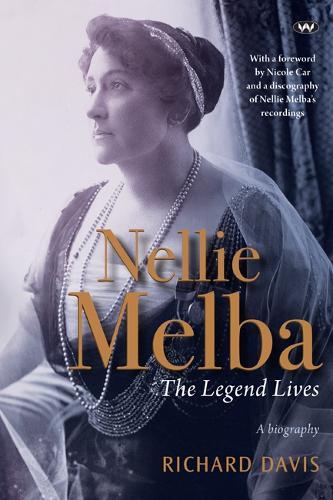
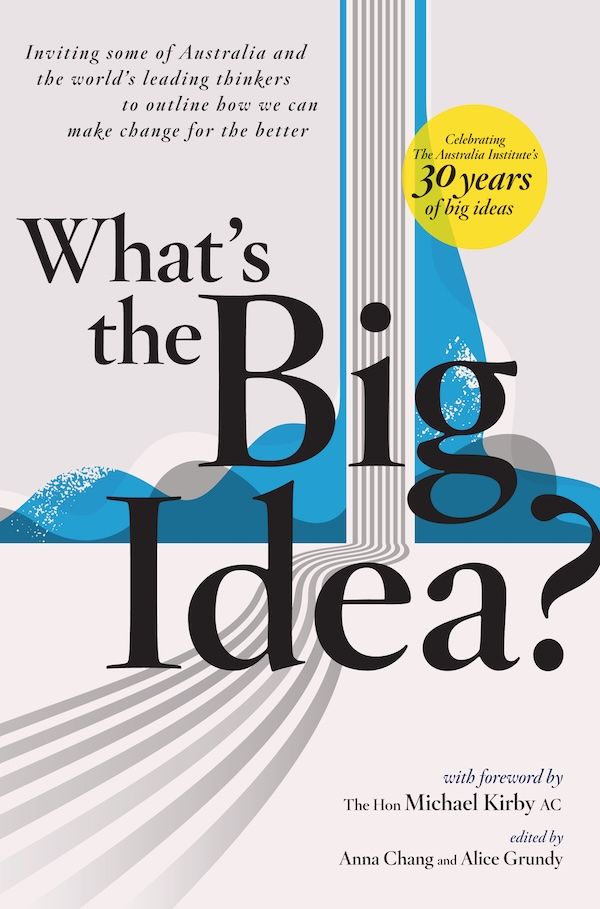
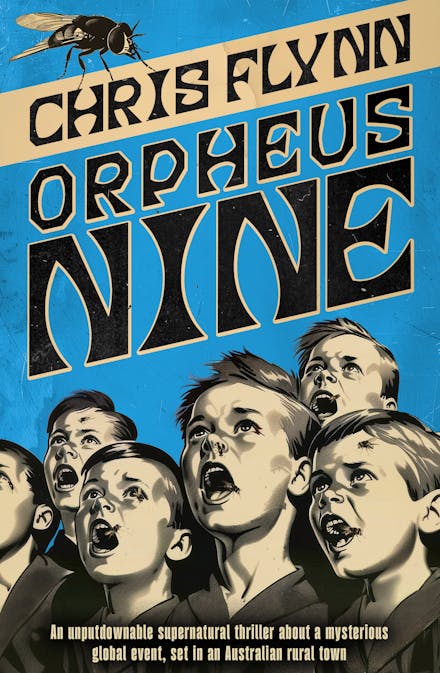
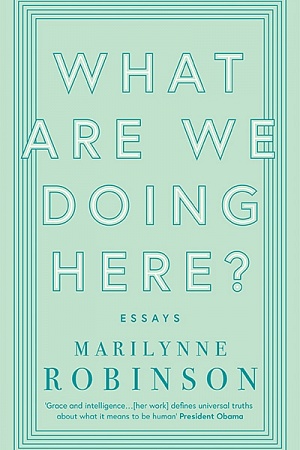
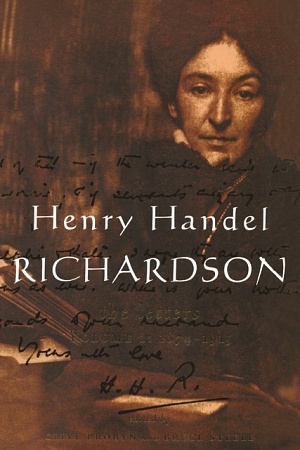






Leave a comment
If you are an ABR subscriber, you will need to sign in to post a comment.
If you have forgotten your sign in details, or if you receive an error message when trying to submit your comment, please email your comment (and the name of the article to which it relates) to ABR Comments. We will review your comment and, subject to approval, we will post it under your name.
Please note that all comments must be approved by ABR and comply with our Terms & Conditions.